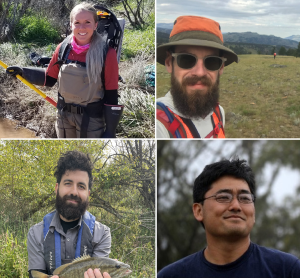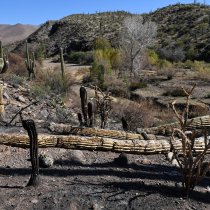Meet the new TEX Cohort!
March 22, 2023
AGU's Thriving Earth Exchange Program (AGU-TEX) has welcomed a new group of Community Science Fellows in partnership with NEON! This cohort is comprised of field staff across 4 of NEON's Domains. Beginning in this year, they will be conducting community outreach, and ultimately working with AGU-TEX to launch collaborative, co-developed community science projects that produce on-the-ground impact through application of NEON's data and resources.
NEON has partnered with AGU-TEX on community projects since 2021. Projects with NEON Fellows so far have included berry forecasting, community education of invasive species, blue oak monitoring, and wildland restoration. We're looking forward to seeing what this new group of Community Fellows accomplishes!
Meet the Fellows!
Jarrett Jamison
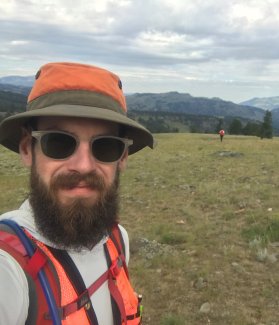
D12 – Northern Rockies. Field Ecologist II
Jarrett Jamison is a Terrestrial Field Ecologist and has worked for NEON for the past 7 years. He started out with the Southern Plains Domain down in Texas, where he spent 4 years working as a botanist. He now oversees all terrestrial sampling in Yellowstone National Park for the Northern Rockies Domain, aside from small mammals. He has assisted with sampling efforts at numerous Domains across the Observatory, 7 different sites so far! Jarrett received his Bachelor's degree in Rangeland Ecology and Management from Texas A&M. Outside of work Jarrett volunteers with the Gallatin Watershed Council and the Valley of the Flowers Project. When he isn't using his time towards conservation efforts for the Greater Yellowstone Ecosystem, he is out enjoying it by rock climbing in the summer and ice climbing in the winter.
Katie Matthiesen
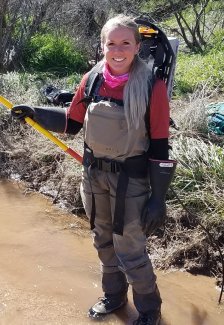
D14 – Desert Southwest. Technician Specialist
Katie is a dedicated naturalist and outdoor enthusiast working as a Fauna Field Ecologist for the NEON's Desert Southwest Domain, based in Tucson, Arizona. Her focus is collecting and coordinating all observational sampling of small mammals, ground beetles, mosquitoes, and ticks. She earned her Bachelor's degree in Wildlife Conservation and Management from the University of Arizona, and joined the NEON program in 2016. Katie has always been passionate about outreach and connecting with her community, and she looks forward to combining this passion with her professional expertise as a AGU-TEX Community Science Fellow. Katie's interests outside of work include hunting, fishing, paddle boarding, and exploring the mountains of Tucson with her dog.
Canaan Sutton
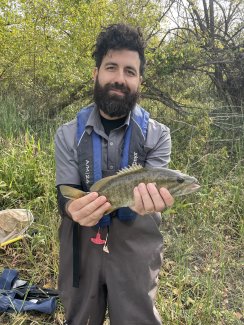
D11 – Southern Plains. Flora Field Ecologist
Canaan Sutton (he/him) is a Botanist and Flora Field Ecologist for NEON's Southern Plains Domain based in Texas. His dual undergraduate degree from Texas A&M University - Commerce is in Environmental Science and Biology, and his graduate work focused on habitat restoration of imperiled tallgrass prairie. He has also studied the spatial ecology of western cottonmouths (Agkistrodon piscivorous), foraging strategies of honeybees on ornamental trees, and phytoremediation of contaminated environments using several plant species. He is the president of the Blackland Prairie chapter of the Native Prairies Association of Texas (NPAT). Outside of ecological work, Canaan loves to play drums, read, garden, and go on adventures with his family.
Shea Uehana
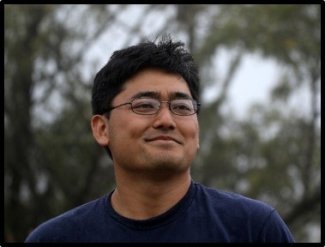
D20 – Pacific Tropical. Senior Field Ecologist
Shea Uehana is a NEON Field Ecologist in Hawaii, in charge of NEON's Terrestrial Observations System (TOS) protocols for Domain 20 since 2018. He grew up in Hawaii, began his undergraduate degree at Oregon State University, then returned to Hilo and received a Bachelor's degree in Environmental Science. After a few years of volunteering and interning at various local agencies including Hawaii Volcanoes National Park, Pacific Island Network (PACN), and the Institute of Pacific Islands Forestry (IPIF), Shea returned to UH Hilo and received a Master's degree in Tropical Conversation Biology and Environmental Science. He currently resides in Hilo, Hawaii and enjoys ocean kayak fishing and hiking.
###
AGU's Thriving Earth Exchange (TEX) is an international association of advocates and experts in Earth and Space science that fosters community science partnerships to advance local priorities. The NEON Fellows selected for this cohort receive AGU-TEX Community Science training and will gain mentorship from AGU-TEX staff, connectivity to a growing network of Community Science Fellows, and the opportunity to serve as leaders in community science in their Domain and across the Observatory.
